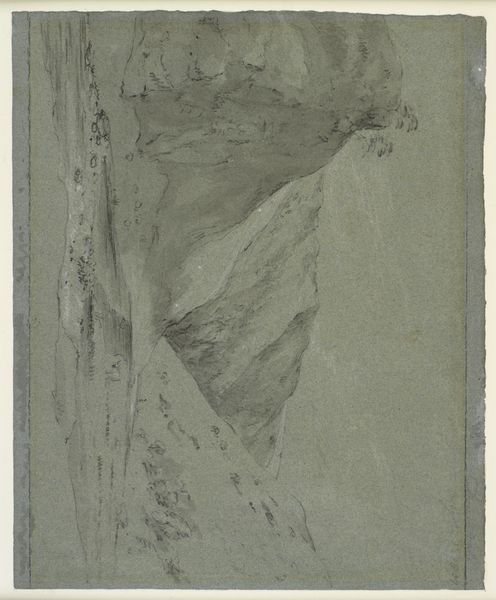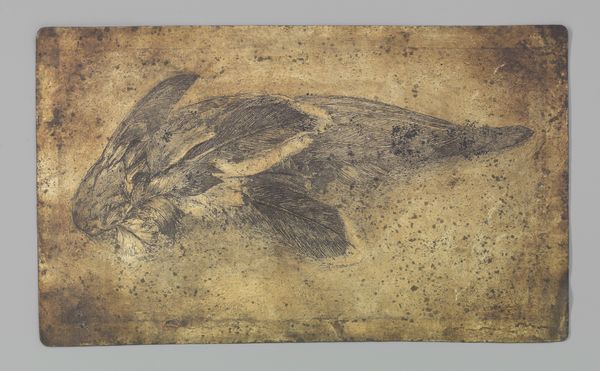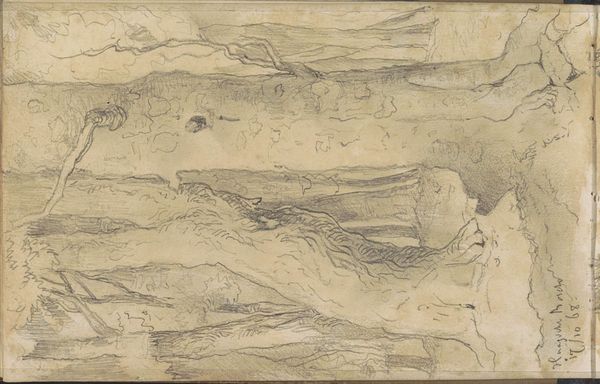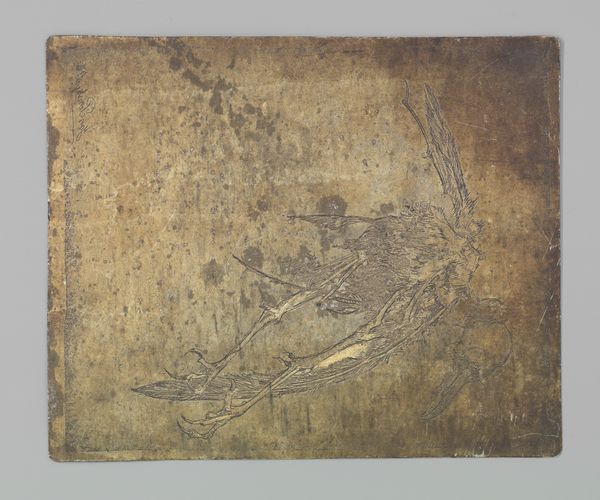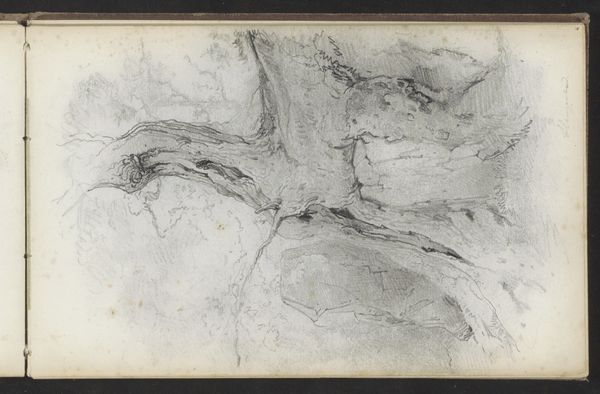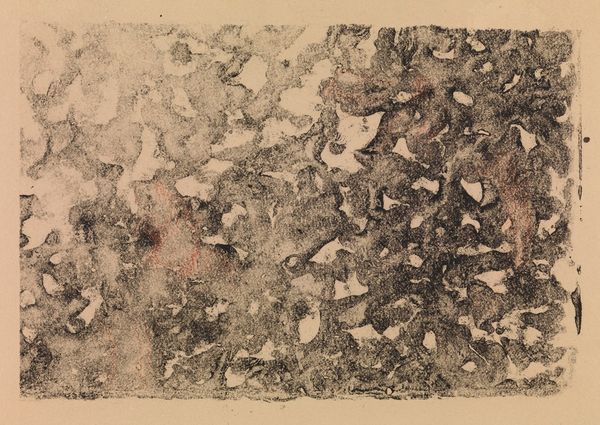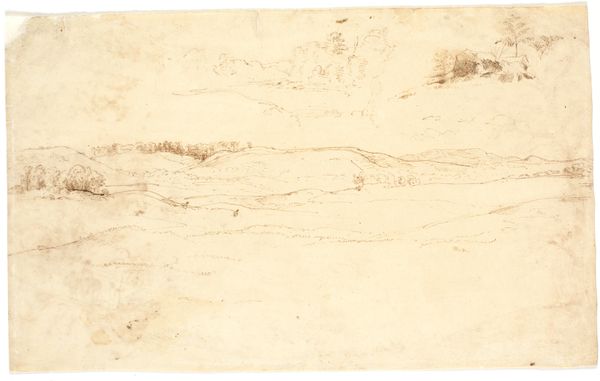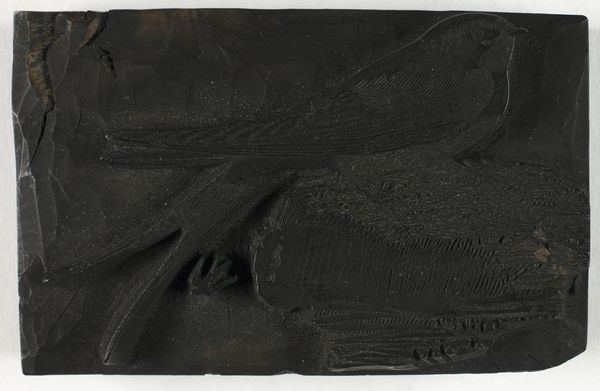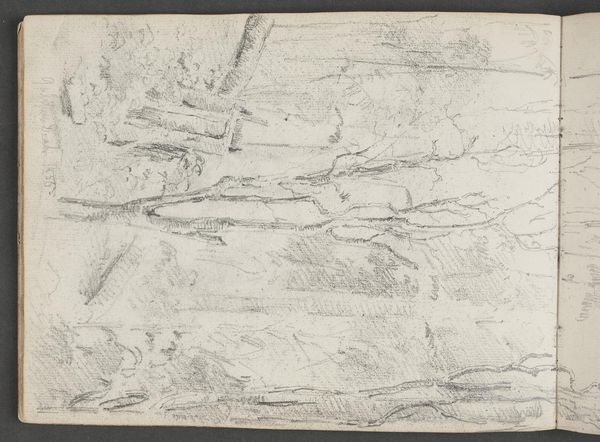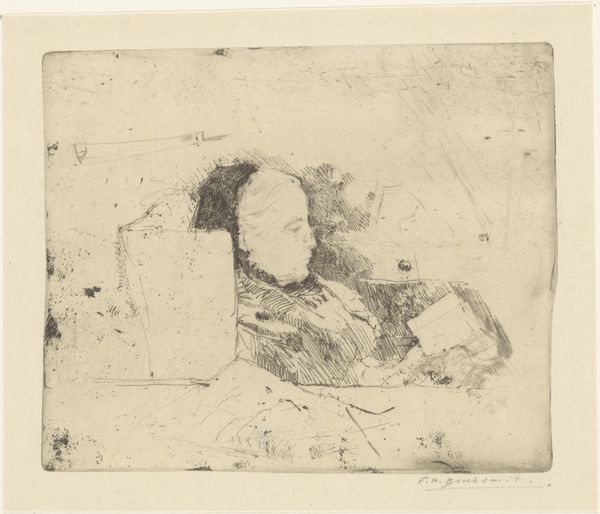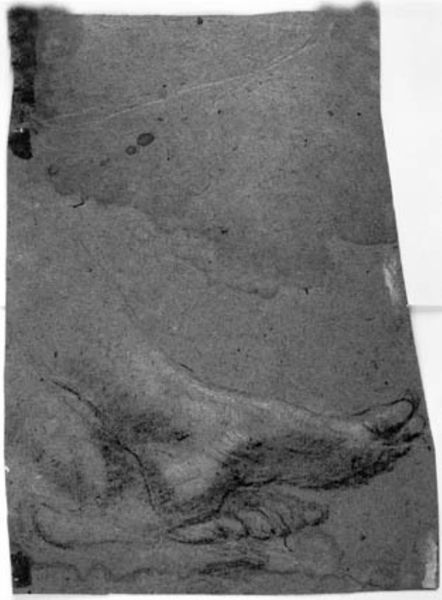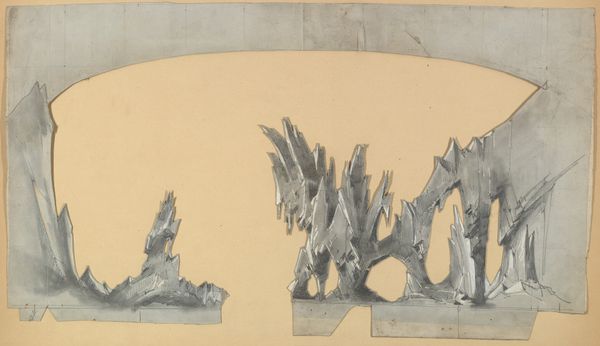
photography
#
still-life-photography
#
photography
#
realism
Copyright: Public Domain
Editor: So, here we have Karl Theodor Gremmler’s "Untitled (Fresh fish)," a photograph from around 1937 or '38. It's stark, very black and white, and initially strikes me as a very literal depiction of… well, dead fish. But the longer I look, the more unsettling it becomes. What do you see in this piece beyond just fish on ice? Curator: The fish, starkly presented, do appear lifeless, but look closer. Their glassy eyes stare back, almost accusatory. Consider how cultures, particularly coastal communities, historically viewed fish. They represent sustenance, trade, and even the capricious nature of the sea itself. This image captures not just a still life, but a moment of transition. Editor: A transition from… what to what? Are you suggesting it's about more than just dinner? Curator: Precisely. In many cultures, the image of a fish carries strong religious connotations linked to fertility or abundance; but here, covered in ice, those implications seem corrupted. Do you sense that dissonance? What is ice meant to convey? Editor: Preservation, maybe? Stasis? Like time is frozen… Curator: Indeed! Now think about the cultural climate of the late 1930s in Germany, Gremmler's home. A time of political solidification, of things being... put on ice, so to speak. Could this photograph be a subtle commentary? What emotional resonance do these fish possess when we connect the symbolism of food security and Christian imagery, during a politically tumultuous era in Germany? Editor: I never considered it that way, but it makes perfect sense. It’s no longer just a picture of dead fish but a poignant cultural symbol about a time of upheaval. I learned something today. Curator: Likewise! It is by looking beyond the immediate, to excavate at cultural memory through images that we can come to discover their deeper symbolic and psychological weight.
Comments
stadelmuseum about 2 years ago
⋮
Karl Theodor Gremmler belonged to the generation that embarked on their careers after the National Socialistaccession to power. He specialized in photos of industrial food production. His customers included the biscuit manufacturer Bahlsen, “Kaffee HAG”, and above all the Hochseefischerei- Gesellschaft Hamburg, Andersen & Co. K. G.Gremmler photographed the products’ entire process chain from the harvest or catch to the packaging. The photo book Men at the Net, published in 1939 on his own initiative, is a detailed portrayal of navigation and fishing. With the aid of harsh shadows, oblique perspectives, and views from below, his scenes of workers in heroic poses were meant to convey the progressiveness of the German food industry. The design principles served the purposes of Nazi propaganda, which generously sponsored advertising measures of this kind.
Join the conversation
Join millions of artists and users on Artera today and experience the ultimate creative platform.

